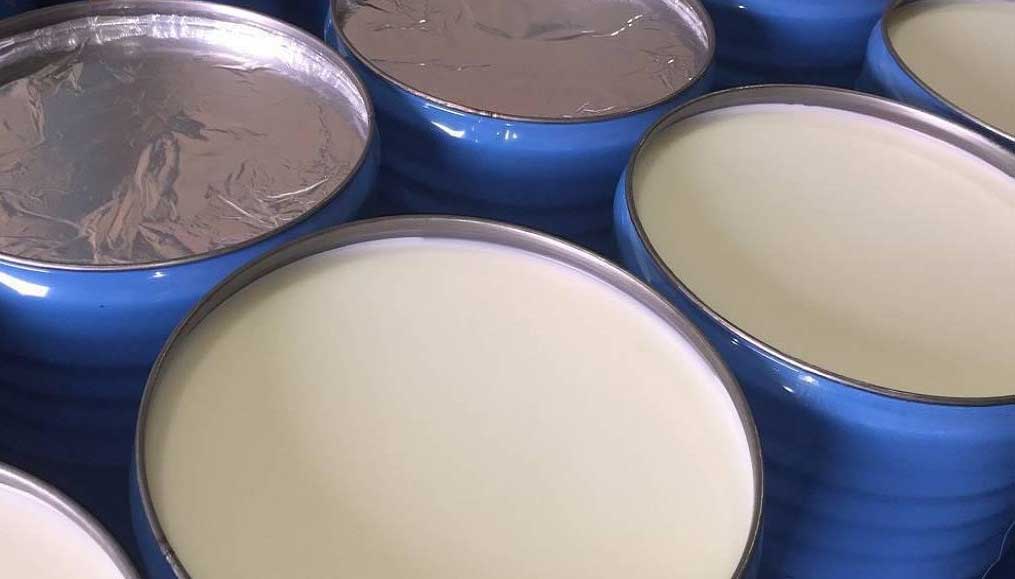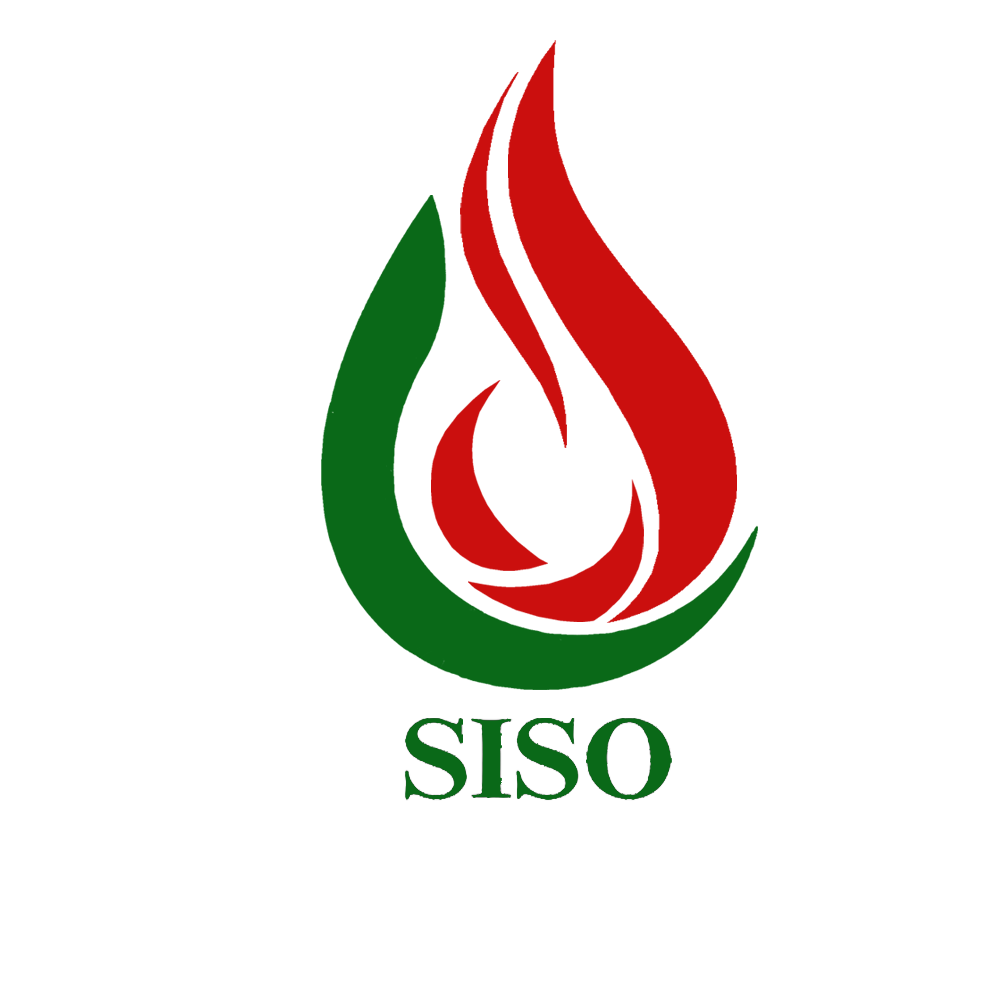What is petroleum jelly?

Petroleum jelly is a semi-solid mixture of hydrocarbons, derived from petroleum. It is typically a colorless or yellowish substance with a variety of uses. Commonly known by brand names like Vaseline. It has a smooth and greasy texture. It is odorless and tasteless. The composition of petroleum jelly primarily consists of a mixture of hydrocarbons, including paraffin, microcrystalline wax, and mineral oil. Its properties make it an effective barrier for locking in moisture and protecting the skin from external elements.
it is often used as a moisturizer to protect and soothe dry, chapped, or irritated skin. It can also serve as a barrier to help prevent moisture loss and can be used for various purposes, including as a lip balm, a skin lubricant, and to protect minor cuts and burns.
Characteristics of petroleum jelly:
- Melting Point: Petroleum jelly has a relatively low melting point, typically around 35-40 degrees Celsius (95-104 degrees Fahrenheit). This property allows it to easily melt on contact with skin, making it useful for spreading and absorption.
- Chemical Composition: It primarily consists of long-chain hydrocarbons, and the exact composition can vary depending on the specific manufacturing process. It may also contain other additives in some formulations.
- Shelf Life: When stored properly in a cool, dry place, petroleum jelly has a long shelf life and can remain stable for several years.
- Water Repellent: It is water-repellent, which helps it to create a protective barrier on the skin, preventing moisture loss.
- Non-Comedogenic: Petroleum jelly is considered non-comedogenic, meaning it is less likely to clog pores and cause acne when compared to some other skin products.
- Packaging: It is commonly available in various forms, including jars, tubes, and tubs, to suit different application needs.
Components :
- Mineral Oil: This is a refined, colorless, odorless oil derived from crude oil. It’s the main moisturizing and lubricating component in petroleum jelly.
- Microcrystalline Wax: This wax has smaller, finer crystals than paraffin wax, which helps give petroleum jelly its smooth texture.
- Paraffin Wax: Paraffin wax is a mixture of long-chain hydrocarbons, and it helps provide the semi-solid structure to petroleum jelly.
- Additives: Some variations of petroleum jelly may contain additional ingredients, such as aloe vera, vitamin E, or fragrances, which are included for specific skincare benefits or to enhance the product’s aroma.
Application:
- Skin Moisturizer: It can be applied to dry, chapped, or irritated skin to provide moisture and prevent further drying.
- Lip Balm: It’s often used to soothe and protect chapped lips.
- Healing Minor Cuts and Burns: Applying a thin layer can help protect wounds and promote healing.
- Preventing Diaper Rash: It’s used as a protective barrier for babies to prevent and alleviate diaper rash.
- Makeup Remover: It can effectively remove makeup, including waterproof mascara.
- Skin Lubricant: For reducing friction and chafing, such as on feet or underarms.
- Protecting and Shining Leather: It can be used to protect and shine leather shoes, belts, and bags.
- Hair Care: Some people use it as a hair treatment to add shine and moisture to dry or damaged hair.
- Preventing Rust: It can be applied to metal surfaces to prevent rust and corrosion.
- Tattoo Aftercare: It’s used to keep newly tattooed skin moisturized during the healing process.
- As a Base for Homemade Products: Many people use petroleum jelly as a base for making homemade cosmetics and skincare products.
For more information on the product grades and data sheet, please feel free to contact us
